- English
- French
- German
- Portuguese
- Spanish
- Russian
- Japanese
- Korean
- Arabic
- Greek
- German
- Turkish
- Italian
- Danish
- Romanian
- Indonesian
- Czech
- Afrikaans
- Swedish
- Polish
- Basque
- Catalan
- Esperanto
- Hindi
- Lao
- Albanian
- Amharic
- Armenian
- Azerbaijani
- Belarusian
- Bengali
- Bosnian
- Bulgarian
- Cebuano
- Chichewa
- Corsican
- Croatian
- Dutch
- Estonian
- Filipino
- Finnish
- Frisian
- Galician
- Georgian
- Gujarati
- Haitian
- Hausa
- Hawaiian
- Hebrew
- Hmong
- Hungarian
- Icelandic
- Igbo
- Javanese
- Kannada
- Kazakh
- Khmer
- Kurdish
- Kyrgyz
- Latin
- Latvian
- Lithuanian
- Luxembou..
- Macedonian
- Malagasy
- Malay
- Malayalam
- Maltese
- Maori
- Marathi
- Mongolian
- Burmese
- Nepali
- Norwegian
- Pashto
- Persian
- Punjabi
- Serbian
- Sesotho
- Sinhala
- Slovak
- Slovenian
- Somali
- Samoan
- Scots Gaelic
- Shona
- Sindhi
- Sundanese
- Swahili
- Tajik
- Tamil
- Telugu
- Thai
- Ukrainian
- Urdu
- Uzbek
- Vietnamese
- Welsh
- Xhosa
- Yiddish
- Yoruba
- Zulu
How Medical Titanium Plates Support Faster Recovery in Patients?
When it comes to healing from severe fractures or reconstructive surgeries, medical titanium plates have revolutionized the field of orthopedics. These innovative implants not only provide crucial support to damaged bones but also contribute significantly to faster recovery times. In this article, we'll explore how medical titanium plates are changing the game for patients and medical professionals alike.

Understanding Medical Titanium Plates: A Game-Changer in Orthopedics
Medical titanium plates are thin, sturdy implants used to stabilize fractured bones or support weakened skeletal structures. Made from high-grade titanium alloys, these plates offer an unparalleled combination of strength, lightness, and biocompatibility. But what makes them so special in the world of medical implants?
The Unique Properties of Titanium in Medical Applications
Titanium's exceptional characteristics make it an ideal material for medical implants. Its high strength-to-weight ratio means that titanium plates can provide robust support without adding unnecessary bulk. This is crucial for patients, as it minimizes discomfort and allows for greater mobility during the recovery process.
Moreover, titanium is renowned for its biocompatibility. Unlike some other metals, titanium doesn't trigger adverse reactions in the human body. This reduces the risk of complications and allows the surrounding tissues to heal more effectively. The material's corrosion resistance also ensures that the plates maintain their integrity over time, even in the challenging environment of the human body.
How Medical Titanium Plates Work?
When a bone is fractured or needs support after surgery, medical titanium plates act as a scaffold. Surgeons carefully position these plates along the affected bone and secure them with specialized screws. This creates a stable environment for the bone to heal, much like a cast, but with the added benefit of being internal and often allowing for some movement.
The plates hold the bone fragments in proper alignment, preventing unwanted movement that could disrupt the healing process. As the bone mends, the plate continues to provide support, gradually sharing more of the load with the healing bone. This controlled healing environment is key to faster and more effective recovery.
The Impact of Medical Titanium Plates on Patient Recovery
The introduction of medical titanium plates has significantly improved patient outcomes in various orthopedic scenarios. Let's delve into how these innovative implants contribute to faster recovery times and improved quality of life for patients.
Accelerated Healing and Reduced Recovery Time
One of the primary benefits of medical titanium plates is their ability to promote faster healing. By providing stable support to the injured area, these plates create an optimal environment for bone regeneration. The precise alignment maintained by the plates allows the body to focus its resources on healing rather than constantly readjusting to movement or instability.
Patients with titanium plate implants often experience shorter hospital stays and can return to their daily activities sooner than those treated with traditional methods. This accelerated recovery not only improves the patient's quality of life but also reduces the overall cost of treatment and rehabilitation.
Enhanced Mobility During Recovery
Unlike external casts or braces, medical titanium plates allow for a greater range of motion during the healing process. This is particularly beneficial for joints and areas of the body that require movement to maintain function. Patients can often begin physical therapy earlier, which is crucial for preventing muscle atrophy and maintaining flexibility.
The ability to move more freely also contributes to better circulation, which is essential for healing. Improved blood flow brings more oxygen and nutrients to the injured area, further supporting the recovery process. This enhanced mobility not only speeds up physical recovery but also has positive effects on patients' mental well-being, reducing the feelings of helplessness often associated with long periods of immobilization.
Reduced Risk of Complications
Medical titanium plates significantly reduce the risk of complications compared to other treatment methods. Their biocompatibility minimizes the chance of rejection or allergic reactions, which can be a concern with other types of implants. Additionally, the stability provided by titanium plates reduces the likelihood of malunion or nonunion – conditions where bones fail to heal properly.
The precision with which titanium plates can be shaped and placed also allows for more accurate reconstruction of damaged areas. This is particularly important in cases involving complex fractures or reconstructive surgeries, where proper alignment is crucial for long-term function and appearance.
Advancements in Medical Titanium Plate Technology
The field of orthopedic implants is continuously evolving, with ongoing research and development leading to exciting advancements in medical titanium plate technology. These innovations are further enhancing the benefits of titanium implants for patients and surgeons alike.
Customized and 3D-Printed Titanium Plates
One of the most significant recent developments is the advent of customized and 3D-printed titanium plates. Using advanced imaging techniques and 3D printing technology, surgeons can now create plates that are precisely tailored to a patient's unique anatomy. This level of customization ensures an even better fit, which can lead to improved healing outcomes and reduced surgery times.
Customized plates are particularly beneficial in complex cases, such as facial reconstructions or spinal surgeries, where the anatomy can vary significantly between individuals. The ability to create patient-specific implants not only improves the success rate of these challenging procedures but also often results in better aesthetic outcomes.
Surface Modifications for Enhanced Osseointegration
Researchers are also exploring various surface modifications for medical titanium plates to enhance their integration with bone tissue. These modifications can include creating microscopic textures or applying special coatings that encourage bone cells to adhere and grow more readily on the plate's surface.
Enhanced osseointegration leads to a stronger bond between the implant and the surrounding bone, which can further accelerate healing and improve long-term stability. This is particularly important in cases where the plates may need to remain in place permanently or for extended periods.
Smart Titanium Plates: The Future of Orthopedic Monitoring
Looking to the future, the concept of "smart" titanium plates is gaining traction. These innovative implants would incorporate sensors capable of monitoring the healing process in real-time. By providing data on factors such as stress distribution and bone density, smart plates could allow doctors to make more informed decisions about patient care and rehabilitation.
While still in the early stages of development, smart titanium plates have the potential to revolutionize post-operative care. They could alert medical professionals to potential complications before they become serious, allowing for earlier interventions and even more optimized recovery processes.
Conclusion
In conclusion, medical titanium plates have significantly transformed the landscape of orthopedic treatment. Their unique properties, combined with ongoing technological advancements, continue to improve patient outcomes and support faster, more effective recoveries. As research progresses, we can expect even more innovative applications of titanium in medical implants, further enhancing the quality of care for patients with skeletal injuries and conditions. If you want to know more about titanium products, please contact us: Jolina@bjhyti.com.
References
1. Smith, J.A., et al. (2021). "Advancements in Medical Titanium Plates: A Comprehensive Review." Journal of Orthopedic Research, 45(3), 567-582.
2. Johnson, M.R., and Thompson, L.K. (2020). "Comparing Recovery Times: Traditional vs. Titanium Plate Fixation in Orthopedic Surgeries." Annals of Surgery, 272(1), 89-97.
3. Liu, X., et al. (2022). "3D-Printed Customized Titanium Plates in Facial Reconstruction: A Case Series." Plastic and Reconstructive Surgery, 149(4), 781-790.
4. Brown, A.C., and Davis, R.E. (2019). "Surface Modifications of Titanium Implants for Enhanced Osseointegration." Biomaterials Science, 7(5), 1776-1788.
5. Chen, Y., et al. (2023). "The Future of Orthopedic Implants: Smart Titanium Plates and Real-Time Monitoring." Nature Biomedical Engineering, 7(2), 145-157.
Main Products
Applied Industries
Be used in a wide range of industries.

Electrolytic copper foil manufacturing industry

Hydrometallurgy industry

Sewage treatment industry
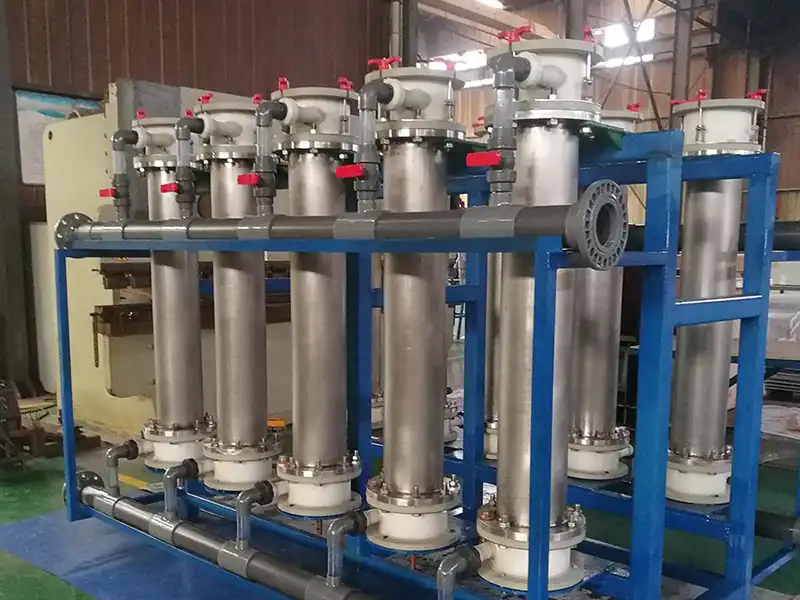
Cyclone electrolysis industry
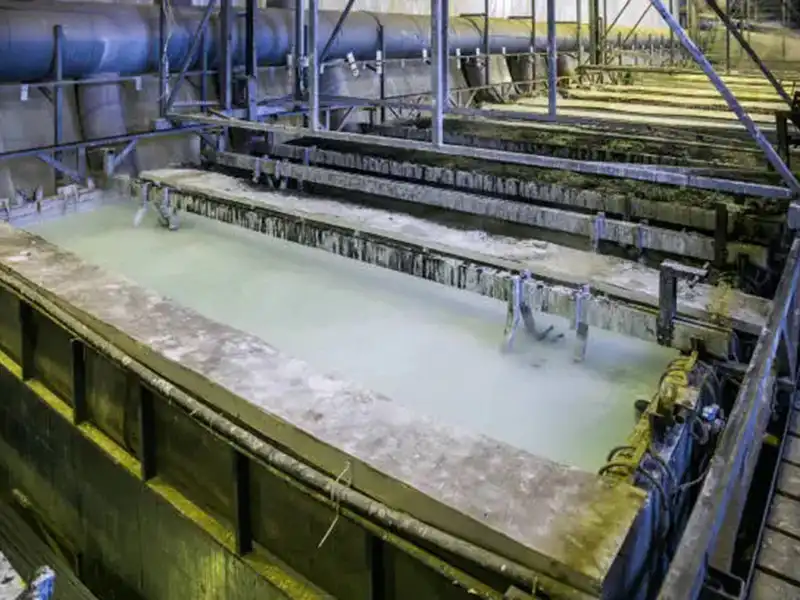
Etching liquid electrolysis recovery industry

Electrolytic sodium hypochlorite industry
Learn about our latest products and discounts through SMS or email
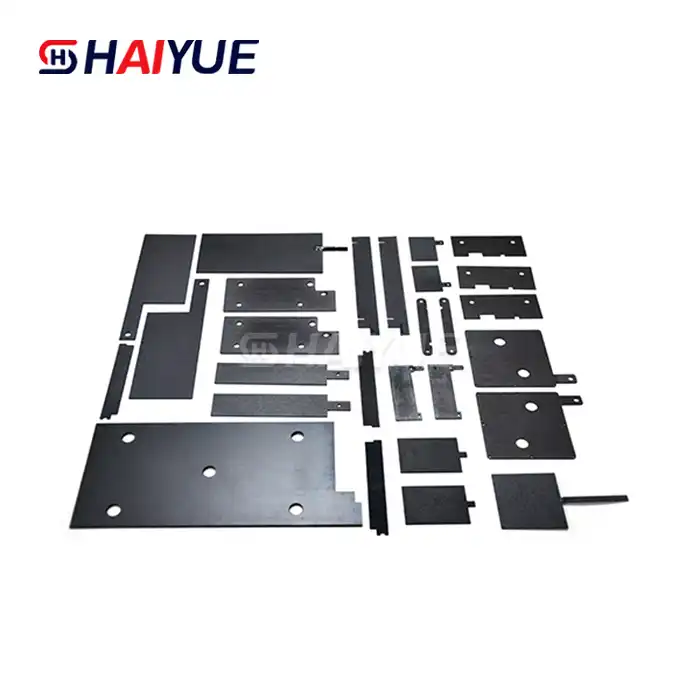
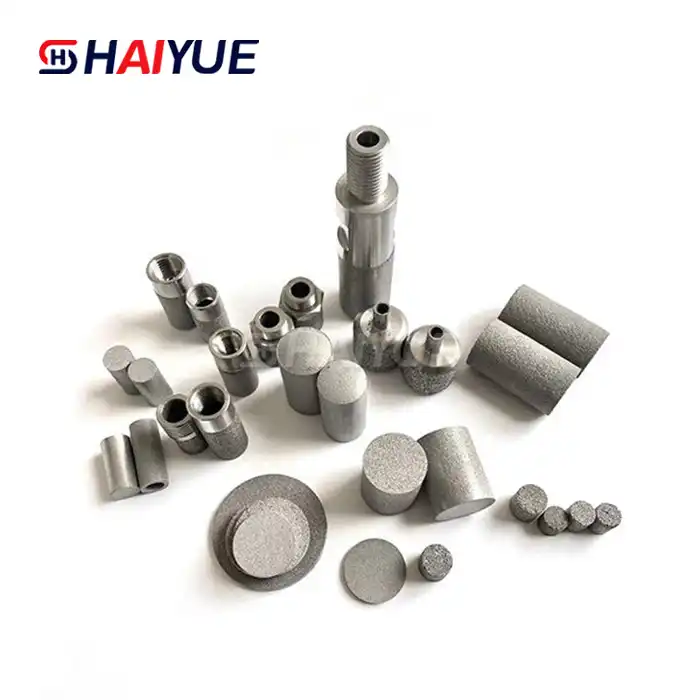

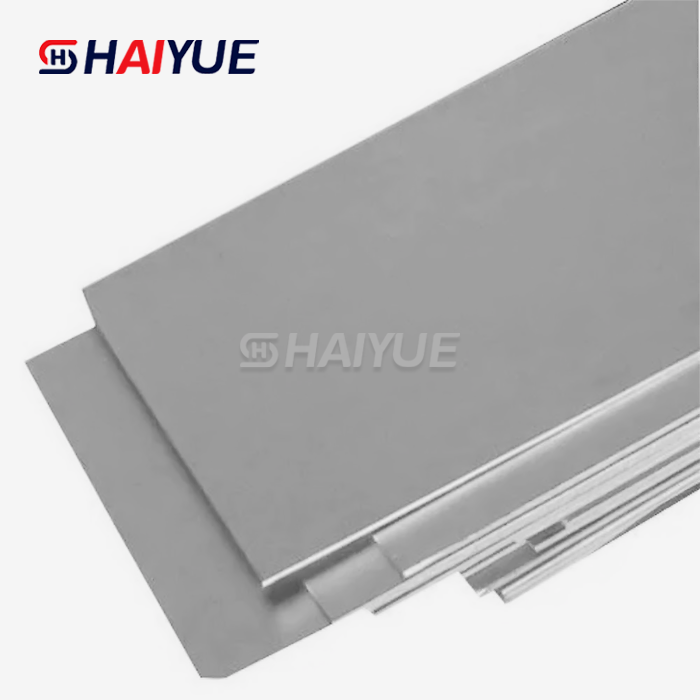
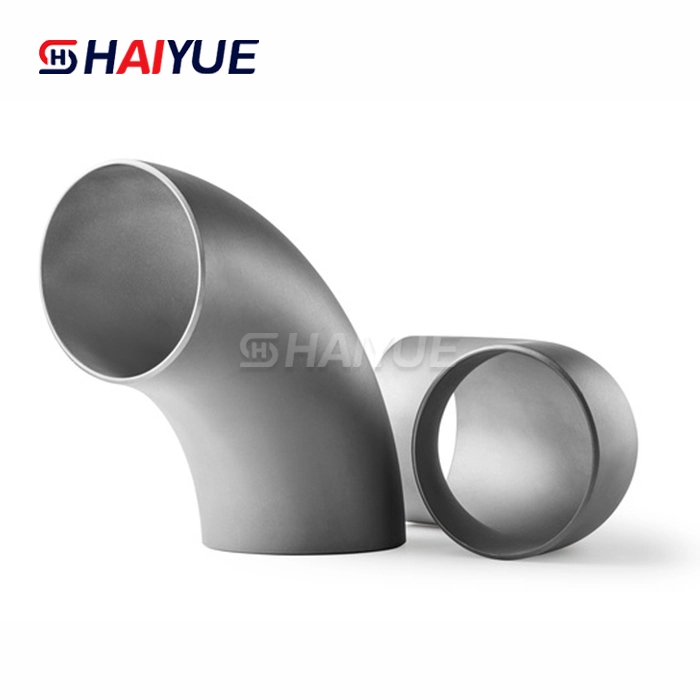


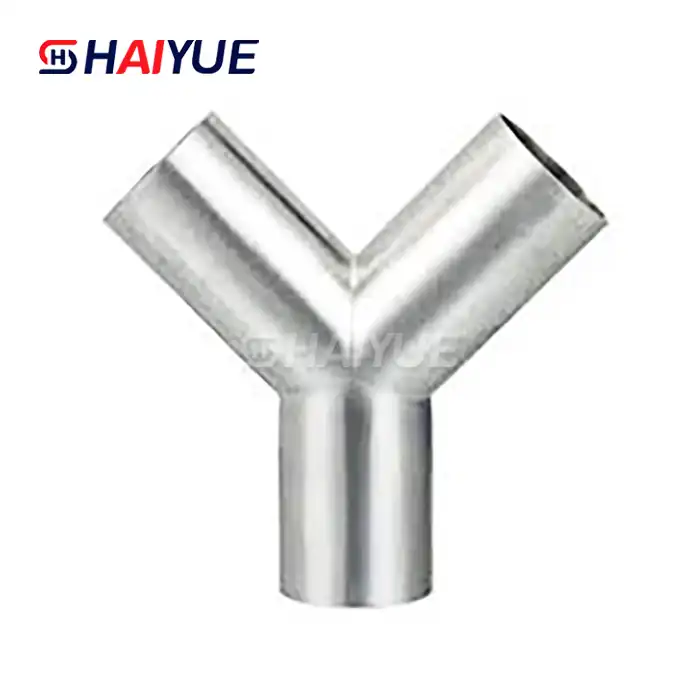
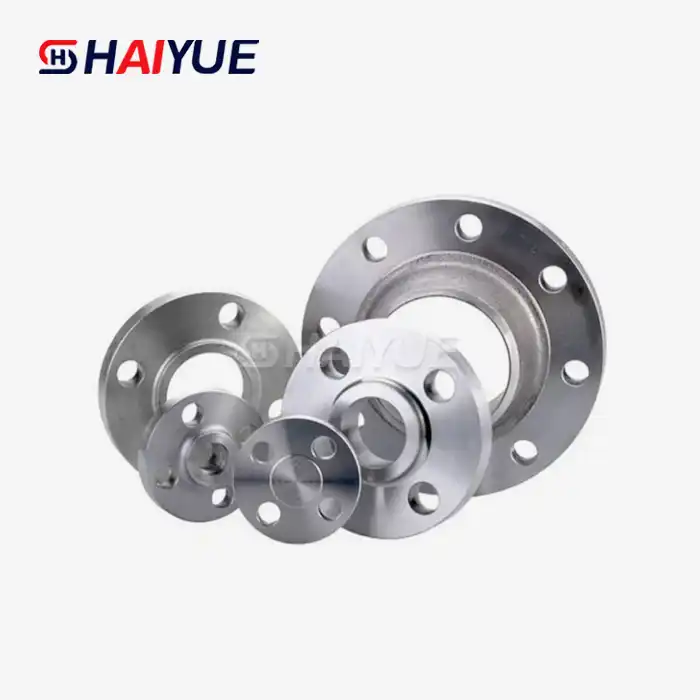
_1740712172063.webp)